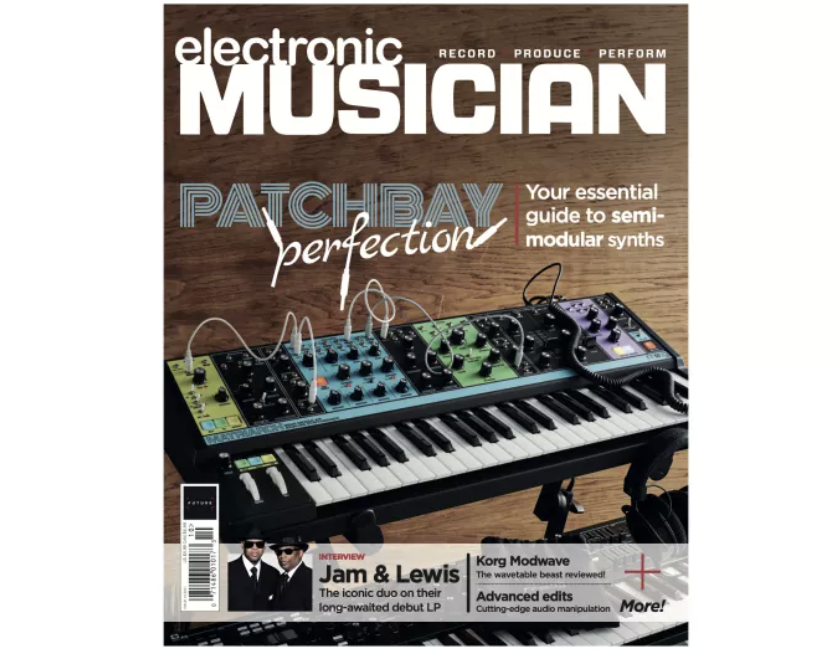10 ways to get the best vocal takes
Sing it with emotion

We’ve all been there. The singer is “singing their butt off” in the vocal booth, but the vocal performance is just not cutting it. The producer says, “Sing with more emotion,” and the singer says, “I am!”
Now begins a train wreck in progress. The singer tries again but doesn’t know what to do to actually get it. The producer tries to get them to sound more emotional with myriad directions about feel but fails. The result is lots of studio time wasted, frayed nerves, and frustration, all because some singers have a disconnect between how they’re singing, and how it actually comes across. The following ten tips will help you light the fire under those vocals.
1. Forget how it feels
Feeling sad and sounding sad are very different. To sound sad, you have to know how to get the right sound and produce it.
2. Use vocal techniques to “feel the Sound”
It’s all about mouth sound in pop singing. This means that different mouth sounds create different feels. If you do them, you will sound a certain way—every time. Think of Christina Aguilera’s “Beautiful,” and the edgy sound she gets. The technique is called a “creak” or “cry.” You don’t have to feel the emotion—just use the appropriate technique.
3. Connect the emotion to the vocal sound
Get the MusicRadar Newsletter
Want all the hottest music and gear news, reviews, deals, features and more, direct to your inbox? Sign up here.
Here’s the key to all of this. It’s not enough to feel the emotion or just produce it—both elements have to be connected authentically for a performance to sound real. Take the “creak” example. If I’m using it, but my emotion isn’t behind it, I may sound sadder, but end up not giving a convincing performance. Skilled vocalists know how to express their emotion through their technique—not the other way around.
4. Work with a coach
Hey, you wouldn’t play major league basketball without a coach, would you? Michael Jackson had one, and it’s a pretty sure thing that every other vocalist you like does, too.
5. Train the voice
Singers are athletes, and training with a vocal coach is paramount to creating success. Without training, even great natural singers get into problems when they can’t repeat what they did right, much less know what they’re doing wrong.
6. Enunciate
Any singer can get more emotion by enunciating vowels and colouring tone with consonants. This does not mean singing the whole word as you might speak it. To enunciate in singing, you need to break the word down into its phonetics. This adds clarity to the words, and your ear does the rest.
7. Experiment with vowel sounds
Which vowels you sing, and how clearly you produce them impacts the emotional intent. For example, the vowel in the word down is pronounced with the diphthong (ah-oo). So down is sung like “dah –oo” with the “n” sound at the very end. Pop singers add colour in a diphthong by holding the first vowel (dah) longer than the second. If I then add a creak to only the last part of the vowel, it will sound like I’m becoming more pained.
8. Breath control
It’s hard to sound emotional if you can’t control your air, or sustain notes with power and stability. Get a breathing technique and build your stamina.
9. Sing in the shower
If you just want to get into the “groove” of singing, and not worry about communicating effectively, sing in the shower, or the car or your living room before you go onstage or into the studio. Unchained from performance angst, you may discover some parts or phrasing that will ultimately help your “actual” performance communicate the lyrics better and move your listeners.
10. Build a performance on one word
If you practice singing one word over and over in different ways by changing its emphasis, tone, intensity, or melody, you can then emotionally build any song. Check out 30 Seconds to Mars’ frontman Jared Leto’s performance on the end of the song “Modern Myth” from their debut album. He builds a performance on only one word “goodbye” emotionally moving from hurt to frustration to pain and ultimate rage to being over it. When you can do that, you’re golden!
Electronic Musician magazine is the ultimate resource for musicians who want to make better music, in the studio or onstage. In each and every issue it surveys all aspects of music production - performance, recording, and technology, from studio to stage and offers product news and reviews on the latest equipment and services. Plus, get in-depth tips & techniques, gear reviews, and insights from today’s top artists!
“I actually specifically remember making a deal with myself": Billie Eilish reveals what she had to do in order to become “looser and jazzier” with her vocal delivery
Softube’s latest plugins are a pair of must-have vocal effects – and right now you can grab them as a bargain introductory bundle










